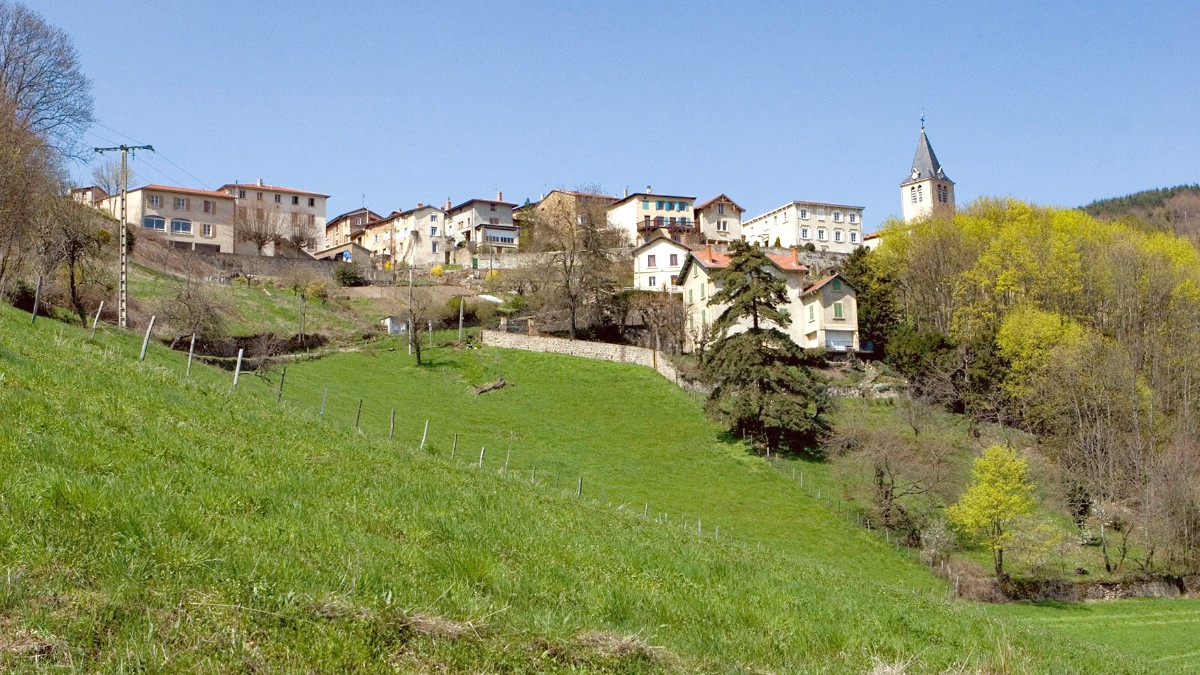
France
Eastward, the region opens to the flat plain of the Saône River, a natural border that historically served as a trade artery. This influences the climate, making eastern Beaujolais warmer and more humid. Vineyards here often sit on flatter ground, producing approachable Beaujolais and Beaujolais-Villages wines.
This dual topography, with the river plain to the east and mountains to the west, shapes Beaujolais agriculturally and culturally. It results in distinct microclimates and soil types, yielding diverse wines from a single grape variety.
Exploring Beaujolais means traversing these varied landscapes, from bustling Saône towns to tranquil, ancient villages nestled in the granite hills.
Winemaking in Beaujolais dates back to Roman times, with fertile lands near Lugdunum (Lyon) proving suitable for grape cultivation. Benedictine monastic orders, notably from the Abbey of Cluny, further developed vineyards and refined winemaking techniques, establishing the foundation for Beaujolais' viticultural identity.
The region’s name comes from Beaujeu, the historical capital of the Lords of Beaujeu, who promoted agriculture including viticulture. Specialization in the Gamay grape, which thrives in local granite and schist soils, solidified Beaujolais' distinct wine identity, separate from Burgundy's Pinot Noir and Chardonnay.
Introduction of viticulture and establishment of early vineyards.
Monastic orders cultivate land, refining winemaking practices.
Lords of Beaujeu establish regional authority and promote viticulture.
Focus on Gamay grape defines Beaujolais as an unique wine region.
Rise of Beaujolais Nouveau creates global recognition and festivities.
The mid-20th century saw the emergence of the Beaujolais Nouveau tradition, releasing the year's wine just weeks after harvest. This local celebration became a global event, significantly boosting Beaujolais' international recognition and bringing a festive image to the region.
This rich history, from Roman vineyards to modern wine celebrations, has shaped Beaujolais. It offers a connection to centuries of tradition and human endeavor.
Every sip of wine and every stroll through a village immerses visitors in the region's deep historical roots, highlighting its unique character.
Beaujolais offers a journey through time, revealing the evolution of its wine culture and local identity.
Beaujolais, celebrated worldwide, presents a distinctive experience centered on its unique wines, scenic landscapes, and a viticulture-driven lifestyle. A brief overview captures its main attractions.
The region is globally recognized for its light, fruity red wines, made exclusively from the Gamay grape. This focus on a single red grape variety makes Beaujolais distinct among major French wine regions. The annual Beaujolais Nouveau release, occurring on the third Thursday of November, is a global event.
The region features 10 "Beaujolais Crus" which represent the pinnacle of winemaking, each with distinct characteristics from unique terroirs.
Beaujolais boasts rolling hills covered with vineyards and picturesque stone villages, exuding old-world charm.
Viticulture and wine tourism are main economic activities, with abundant tasting rooms and wine tours creating direct connections to producers.
Beyond Beaujolais Nouveau, the region includes Beaujolais-Villages and 10 Cru appellations, each offering unique wine profiles. Morgon, Fleurie, and Moulin-à-Vent are examples of these prestigious Crus, each reflecting specific soil, elevation, and microclimate variations.